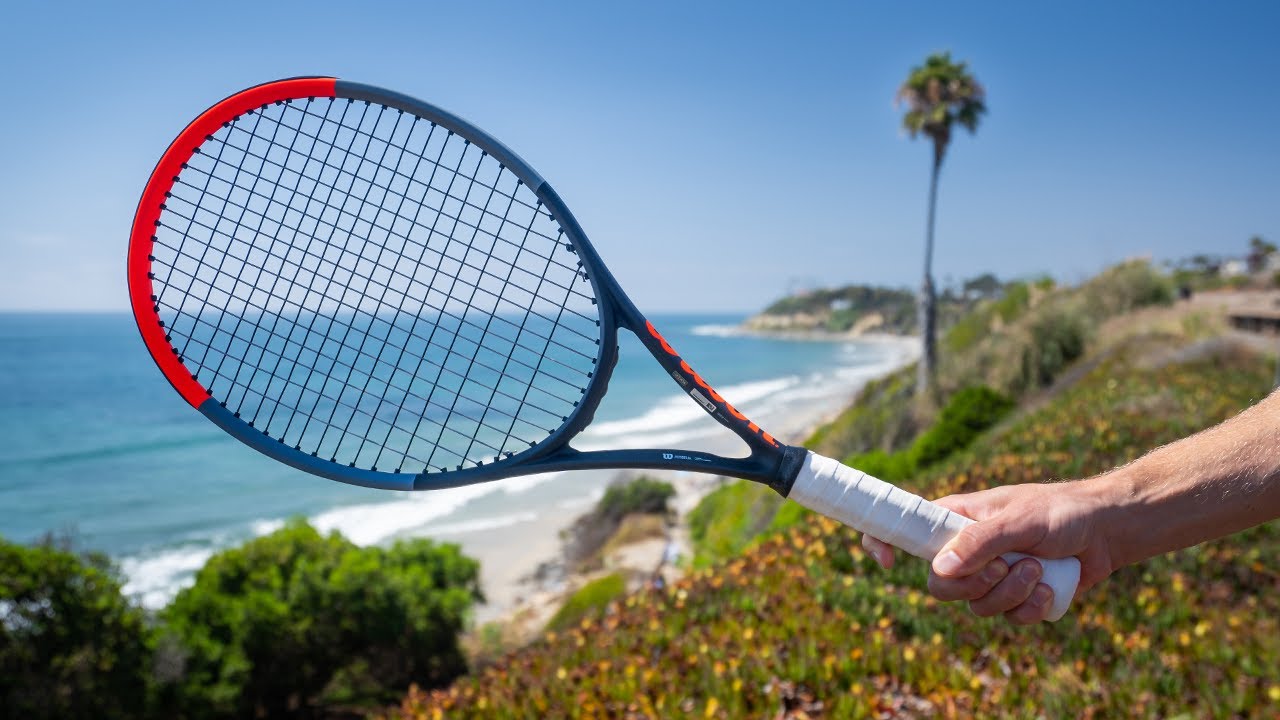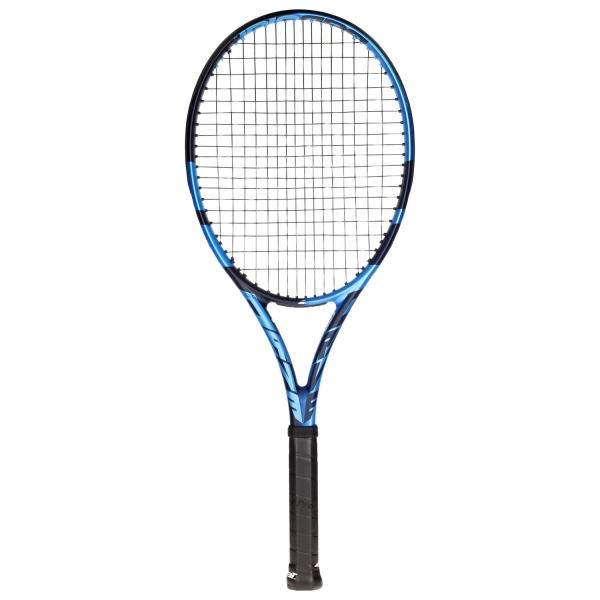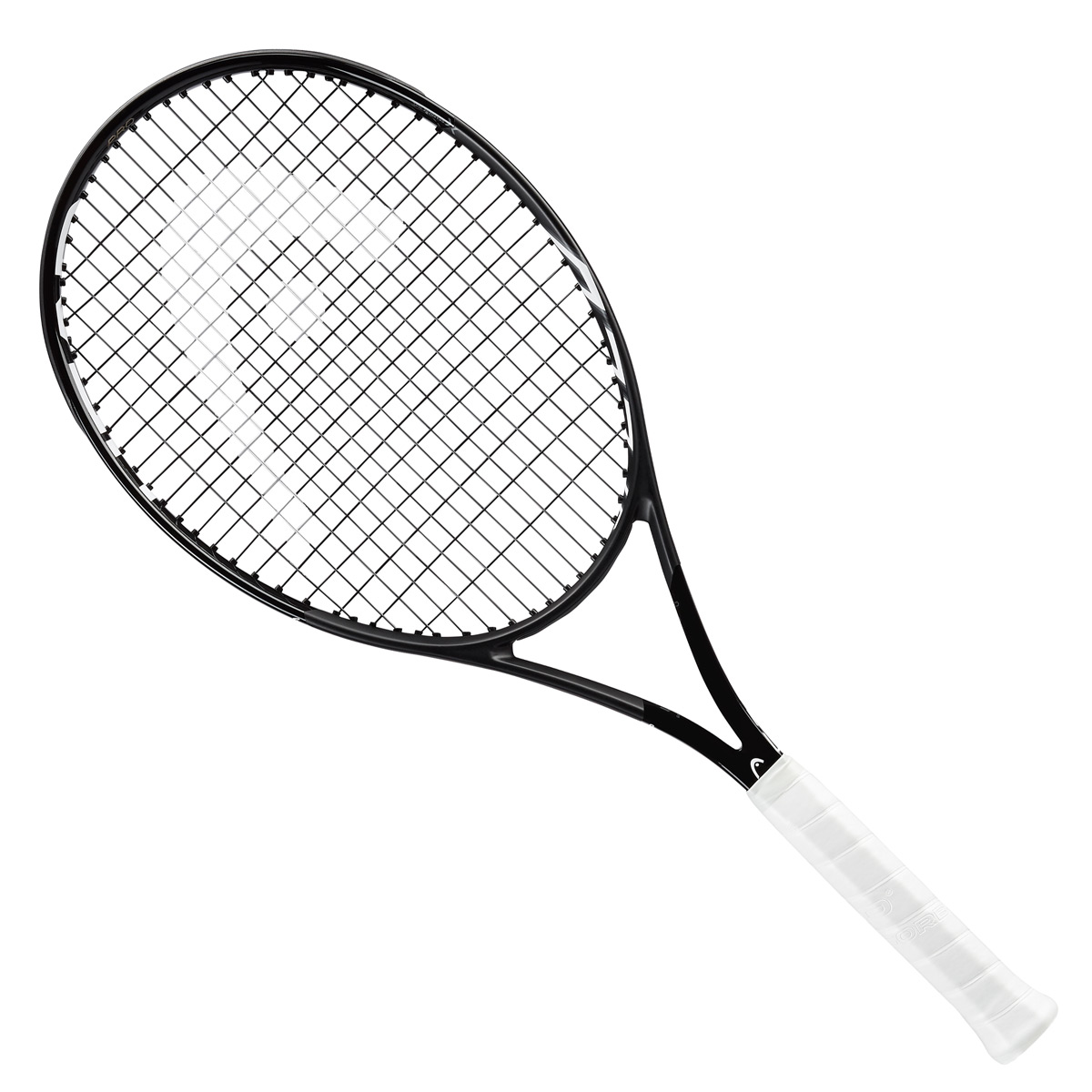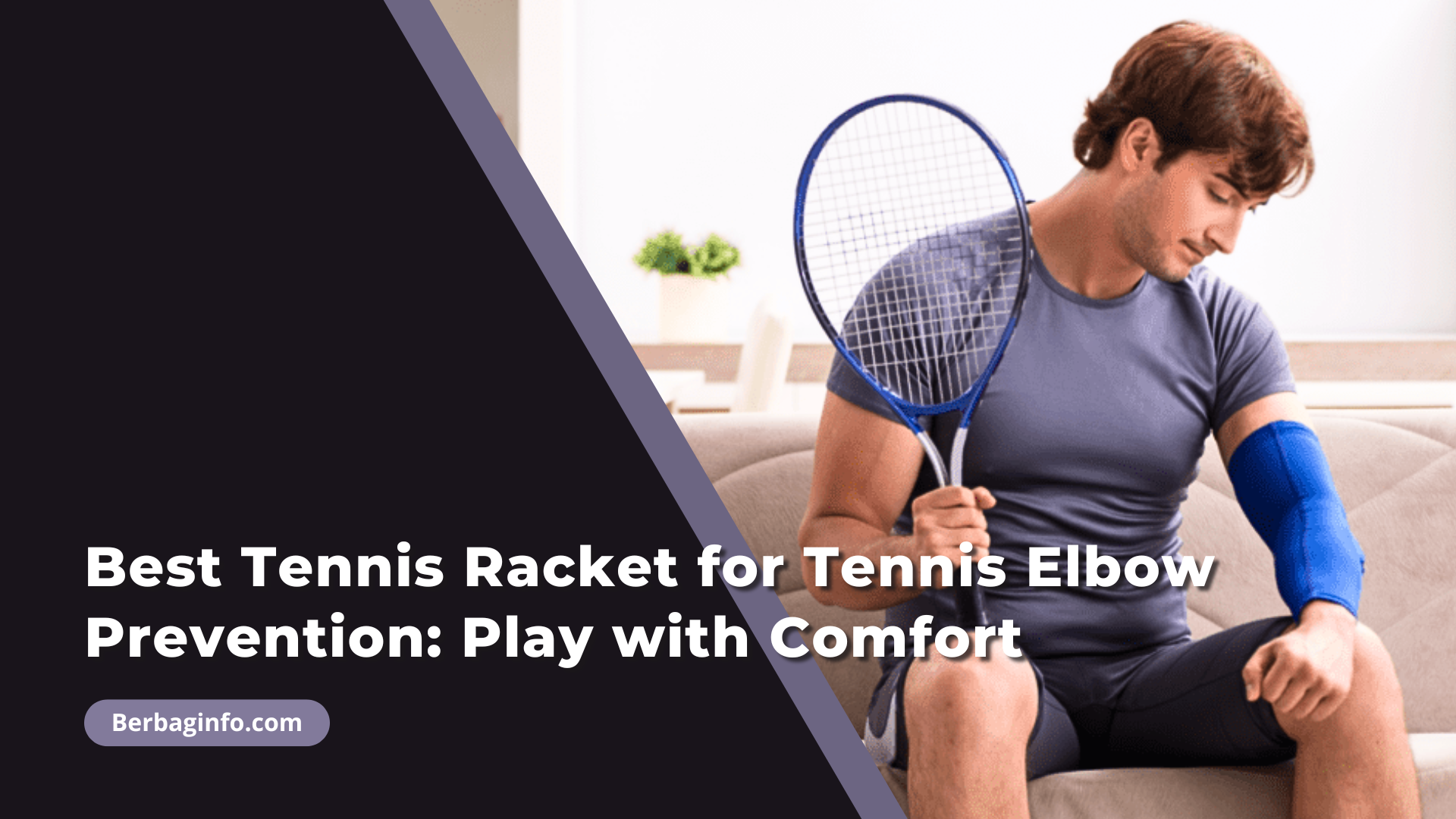Best Tennis Racket for Tennis Elbow Prevention in 2024: Play with Comfort and Control
Berbaginfo.com – Tennis is a fun sport that offers many physical and mental benefits, but it can also take a toll on your body. Especially if you are prone to tennis elbow. This common injury can cause pain, discomfort, and even prevent you from playing if not treated properly. The good news is that choosing the right tennis racket can significantly reduce the risk of tennis elbow. In this guide, we’ll explore the best tennis racket for tennis elbow prevention. We want to help you enjoy the game without worrying about strain or injury. Whether you are a beginner or an experienced player. This racket is designed to keep you playing at your best, without pain.
What is Tennis Elbow?
Tennis elbow, or lateral epicondylitis, is a condition caused by overusing the muscles and tendons in your forearm that are responsible for wrist and arm movement. This results in pain and inflammation around the elbow joint, which can significantly impact your ability to play.
Common Symptoms of Tennis Elbow
- Pain or burning sensation on the outer part of the elbow.
- Weak grip strength.
- Discomfort when lifting or gripping objects.
Why the Right Tennis Racket Matters
Using a racket that doesn’t suit your style or body can exacerbate tennis elbow. A racket with the wrong weight, grip size, or poor shock absorption increases strain on the tendons, contributing to the development or worsening of the condition.
Top Features to Look for in a Tennis Racket for Elbow Comfort
When selecting a tennis racket to prevent tennis elbow, consider these crucial features:
1. Racket Weight
- Heavier Rackets: Offer more stability and absorb more impact, reducing the strain on your arm.
- Lighter Rackets: Require more effort to control and can transmit more vibration, which may aggravate tennis elbow.
Ideal Weight Range: 10.5 to 11.5 ounces for a balance between comfort and control.
2. Frame Stiffness
- Flexible Frames: Absorb more shock, reducing the impact on your arm.
- Stiff Frames: Transfer more energy to your arm, potentially increasing the risk of tennis elbow.
Ideal Stiffness: A frame stiffness rating (RA) of 50-65 is recommended for reducing vibration.
3. Head Size
- Larger Head (100-110 sq. in.): Offers a larger sweet spot, reducing mishits that can cause vibration.
- Smaller Head (<100 sq. in.): Provides more control but can transmit more shock to your arm.
4. Grip Size
- Proper Grip Size: A grip that’s too large or small can cause over-gripping and increase strain. Ensure the grip size fits comfortably in your hand.
Top Tennis Rackets for Tennis Elbow Prevention
Here are some of the best tennis rackets available that provide comfort and reduce the risk of tennis elbow:
1. Wilson Clash 100 – Best Overall

The Wilson Clash 100 offers a unique blend of flexibility and stability, making it ideal for players with a history of tennis elbow.
Key Features:
- Weight: 295g (10.4 oz) unstrung
- Head Size: 100 sq. in.
- Flexibility: The unique FreeFlex technology offers exceptional flexibility to absorb shock.
- Material: Graphite construction
Why It’s Great for Tennis Elbow:
- The frame is designed to reduce vibration, and its flexibility makes it easier on the arm, helping to prevent injuries.
2. Babolat Pure Drive – Best for Power and Control

The Babolat Pure Drive offers excellent power and control, along with great shock absorption.
Key Features:
- Weight: 300g (10.6 oz) unstrung
- Head Size: 100 sq. in.
- Technology: Cortex Pure Feel technology for improved vibration dampening
- Material: Graphite/Tungsten blend
Why It’s Great for Tennis Elbow:
- Its dampening technology reduces harmful vibrations, making it suitable for players concerned about tennis elbow.
3. Head Graphene 360+ Speed Pro – Best for Advanced Players

Ideal for advanced players, the Head Graphene 360+ Speed Pro offers excellent shock absorption and control.
Key Features:
- Weight: 310g (10.9 oz) unstrung
- Head Size: 100 sq. in.
- Technology: Graphene 360+ technology for improved energy transfer
- Material: Graphene composition
Why It’s Great for Tennis Elbow:
- The innovative technology enhances flexibility and reduces shock, protecting your arm during intense matches.
4. Yonex E-Zone 100 – Most Comfortable
Yonex E-Zone 100 is known for its comfort and is an excellent choice for players who prioritize arm protection.
Key Features:
- Weight: 300g (10.6 oz) unstrung
- Head Size: 100 sq. in.
- Technology: Isometric head shape for a larger sweet spot
- Material: Graphite
Why It’s Great for Tennis Elbow:
- The larger sweet spot and vibration-dampening technology help reduce stress on the arm, preventing injuries.
5. Prince Textreme Tour 100P – Best for Intermediate Players
The Prince Textreme Tour 100P offers a great balance of power and control, making it a fantastic choice for intermediate players.
Key Features:
- Weight: 305g (10.8 oz) unstrung
- Head Size: 100 sq. in.
- Technology: Textreme technology for improved stability
- Material: Graphite
Why It’s Great for Tennis Elbow:
- The Textreme technology provides better stability and comfort, reducing the chance of tennis elbow.
How to Choose the Right Racket for You
To find the best tennis racket for tennis elbow prevention, follow these steps:
1. Assess Your Skill Level:
- Beginners may benefit from a larger head size and lighter weight.
- Intermediate and advanced players should look for a balanced weight and flexible frame.
2. Test the Grip Size:
- Measure from the tip of your ring finger to the bottom lateral crease of your palm. This length corresponds to your ideal grip size.
3. Try Before You Buy:
- Visit a store or borrow from friends to test the rackets before purchasing. Feel the comfort, vibration, and control to ensure it suits your needs.
Tips for Preventing Tennis Elbow
To further reduce the risk of developing tennis elbow, consider the following tips:
1. Warm Up Properly
Always warm up your muscles before playing tennis to reduce the risk of injury.
2. Use Proper Technique
Ensure you’re using the correct technique when hitting the ball, as improper form can increase strain on your tendons.
3. Strengthen Your Forearm Muscles
Incorporate exercises that strengthen your forearm muscles to improve endurance and reduce the likelihood of injury.
Forearm Strengthening Exercises:
- Wrist Curls: Perform 3 sets of 15 repetitions with a light dumbbell.
- Reverse Wrist Curls: Do 3 sets of 15 repetitions.
- Finger Extensions: Use a rubber band around your fingers and perform 3 sets of 20 repetitions.
4. Choose the Right Strings
Using softer strings like natural gut or multifilament strings can reduce vibrations and help prevent tennis elbow.
5. Replace Your Grip Regularly
A worn-out grip can force you to hold the racket tighter, increasing strain on your forearm. Replace your grip regularly to maintain optimal comfort.
6.Use an Elbow Brace
Wearing a brace or support during matches can help relieve pressure on your tendons, reducing the risk of injury.
7. Take Rest Days
Overuse is one of the main causes of tennis elbow. Be sure to allow for adequate rest between matches to let your body recover.
Frequently Asked Questions (FAQs)
Q1: How do I know if my racket is causing my tennis elbow?
If you experience pain in your elbow after playing, your racket might be too stiff, heavy, or have the wrong grip size. Switching to a more flexible racket with proper cushioning can help.
Q2: Can I still play tennis if I have tennis elbow?
Yes, but it’s crucial to rest and use a racket designed for elbow support. Consider taking breaks and using proper technique to prevent further injury.
Q3: Are there other treatments for tennis elbow besides changing my racket?
Yes, you can try physical therapy, forearm strengthening exercises, or using a brace to alleviate symptoms. Always consult a medical professional for severe cases.
Conclusion
Choosing the right tennis racket can make a significant difference in preventing tennis elbow. By considering factors like weight, grip size, flexibility, and technology, you can find a racket that offers the perfect balance of comfort and control. The rackets mentioned in this guide are among the best options available, each designed to help reduce the risk of injury while enhancing your performance on the court. Remember, taking care of your body is just as important as perfecting your game—so play smart, and play pain-free!








